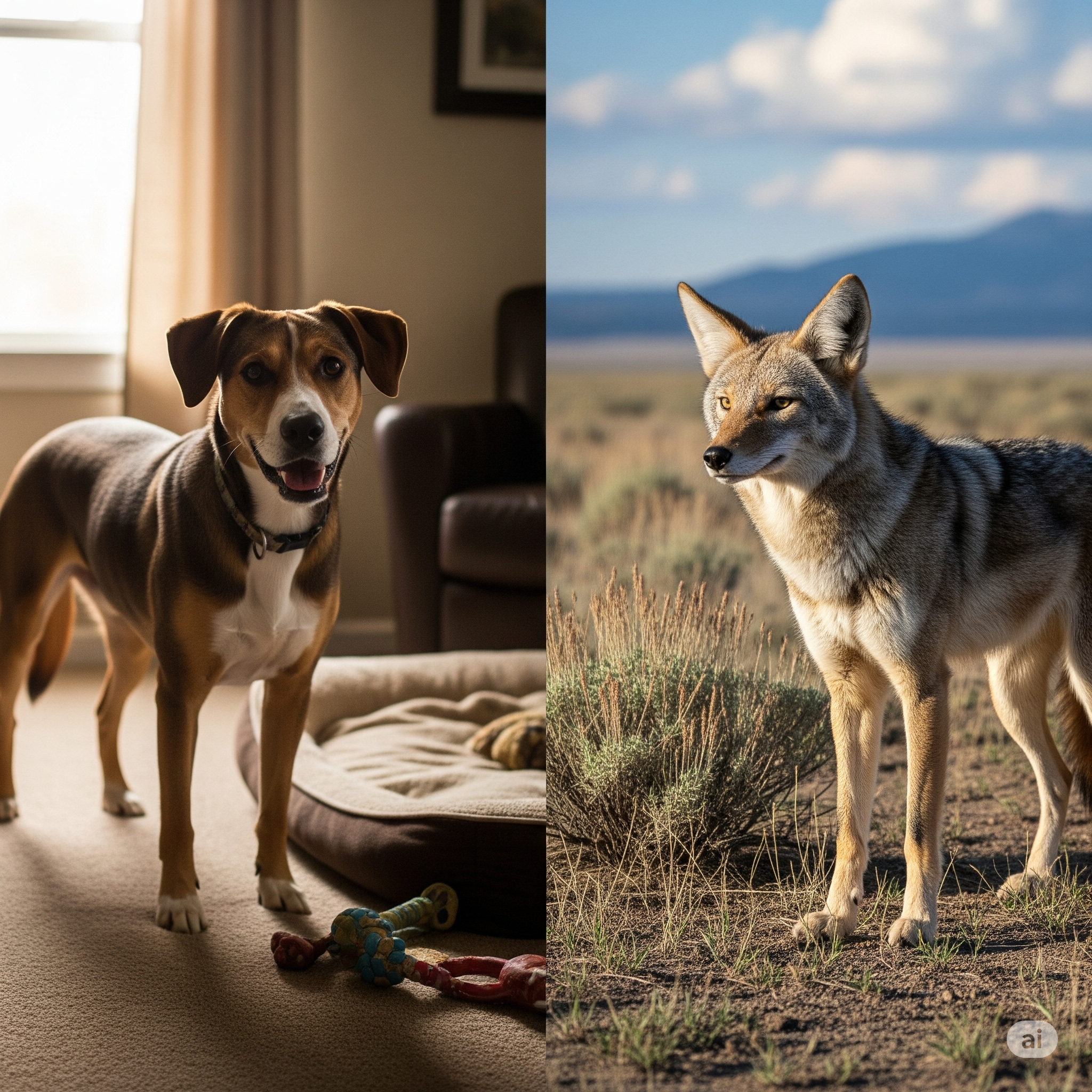
How many dogs can the Earth support?
How domestic dog populations stack up against wild cousins
How many dogs can the Earth support?
Ever wondered what the world would look like without us? I mean, besides a lot more moss and a lot less latte art. The natural world has a delicate balance, especially when it comes to predators and prey. The number of carnivores an ecosystem can support is a fascinating and often tiny number. It’s all about the food chain, available resources, and the simple truth that apex predators need a lot of room to roam.
In the wild, canids like wolves, coyotes, and foxes are a rare sight. You’re not going to trip over a wolf on your morning hike. A wolf population, even in a dense region, might only be around 0.13 wolves per square mile. Coyotes might be more abundant, at around 1.02 per square mile, and foxes might reach 1.92 per square mile. The point is, nature is a master of minimalism, and it doesn’t do an all-you-can-eat buffet for its predators.
The Dog-to-Dirt Dilemma: A Modern Tally
Now, let’s look at our own backyards. We, as humans, have completely rewritten the rules. There are an estimated 900 million dogs scampering around the globe. That’s a lot of good boys and girls! When you compare that to the Earth’s habitable land area (around 15 billion acres), the math gets interesting.
We have a population density of about 38.4 domestic dogs per square mile. That’s a staggering number, highlighting the sheer number of dogs we’ve introduced and sustained. And all those dogs need to eat. A single medium-sized dog can have a carbon footprint comparable to an SUV, largely due to the conventional meat-based diet we feed them. It’s a heavy pawprint for our beloved companions.
How to Shrink Your Pup’s Pawprint 🐾
But here’s the good news: this isn’t a problem without a solution! As the caretakers of our furry family members, we have the power to make a big difference.
Go Buggy!
Remember that natural minimalism we talked about? Turns out, insects are a super-efficient protein source. Farming crickets or black soldier flies requires a fraction of the land and water of traditional livestock, with a tiny carbon footprint. Brands like Jiminy’s and Grubbly Farms offer fantastic, nutritionally complete alternatives that are not just good for the planet, but also often easier on sensitive dog tummies. It’s an easy switch that has a huge impact.
Offset the Paws
Another great option is to purchase carbon offsets specifically for your pet. Several companies allow you to calculate your dog’s environmental impact and then invest in projects that reduce greenhouse gases, like reforestation or renewable energy. It’s a way to neutralize the footprint of your best friend and take direct action for the climate.
Our dogs bring us immeasurable joy. By making smarter choices about their food and lifestyle, we can ensure that our love for them doesn’t come at the expense of the planet. Let’s make their paws as light on the Earth as they are on our hearts.